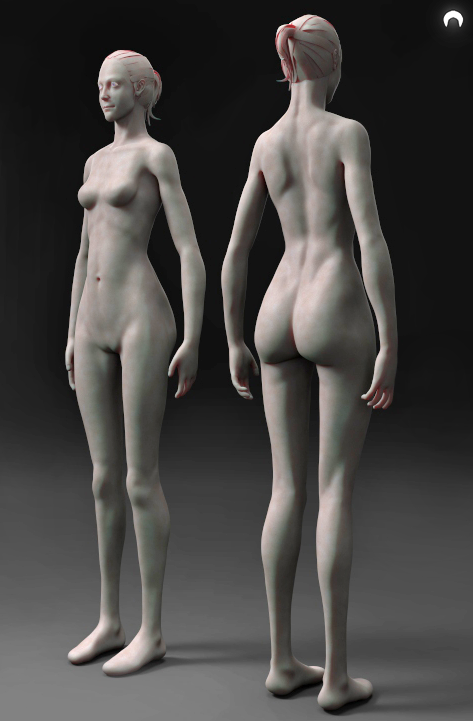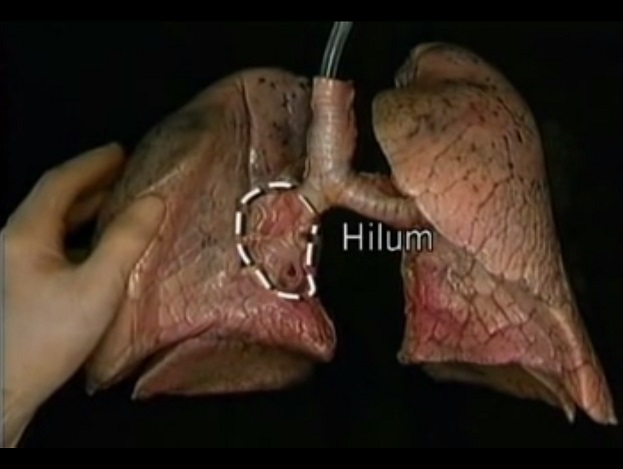4 - 4
Jun 21, 2015 - Access to the new Acland's Video Atlas of Human Anatomy platform is now available! Acland's contains over 300 narrated videos of real. Free HD Stock Video Footage! - Videezy is a community of Videographers who download and share free HD stock video!
The Video Atlas was originally intended to be used by individual medical and dental students. Because of its realism, simple language, and three-dimensional quality, the Video Atlas has become popular with students and teachers in many other fields and also with people not on a professional learning path who are looking for information about human anatomy.

Volume 1: The Upper Extremity

The section on the shoulder includes structures that are essential to the upper extremity, but that are often taught as parts of either the trunk or the neck. These include the muscles that move the scapula, the brachial plexus, and the subclavian blood vessels.
Volume 2: The Lower Extremity
Anatomy Download Free
Volume 2 has four sections: 1) the hip, 2) the knee, 3) the ankle, and 4) the foot.
Each section shows first the bones and the movements they can make, then the joints and the ligaments that limit their movements, and then the muscles and the movements they produce. Once these major structures are understood, the blood vessels and nerves are added to the picture.
The section on the hip includes a full account of the bony pelvis. The first three sections are focused on a joint and the muscles that move it. Muscles that produce movements at two joints are shown in both sections. The effect of any muscle action is shown both when the extremity is bearing weight and when it is free to move.
Volume 3: The Trunk (Musculoskeletal System)
Volume 3 has four sections: 1) the spine, 2) the thorax, 3) the abdomen, and 4) the pelvis.
Volume 4: The Head and Neck
Volume 4 has 11 sections: 1) support and movement of the head, 2) the skull and facial skeleton, 3) the nasal cavity and associated structures, 4) the oral cavity and associated structures, 5) the larynx and associated structures, 6) the facial muscles and the scalp, 7) the brain and its surroundings, 8) the nerves of the head and neck, 9) the blood vessels of the head and neck, 10) the eye and its surroundings, and 11) the ear.
Part 1: Section 1-5
Section 1 shows the cervical spine and the musculoskeletal structures that connect the head to the body. Section 2 gives a highly three-dimensional display of the challenging bony anatomy of the skull and facial skeleton. Sections 3, 4, and 5 focus on the major “visceral” parts of the head and neck that are associated with breathing, eating, and speaking.

Funny Videos Free Download
Part 2: Section 6-11
Section 6 shows the muscles involved in facial movement. Section 7 covers the external features of the brain and its relation to the cranial cavity. Section 8 shows the intracranial and extracranial course of the twelve cranial nerves. Section 9 shows both the intracranial and extracranial arteries and veins, including the venous sinuses. Section 10 shows the structures of the orbital cavity, the eyelids, and the external features of the eye. Section 11 shows the external and middle ear, including the dynamic anatomy of the ear drum and auditory ossicles.